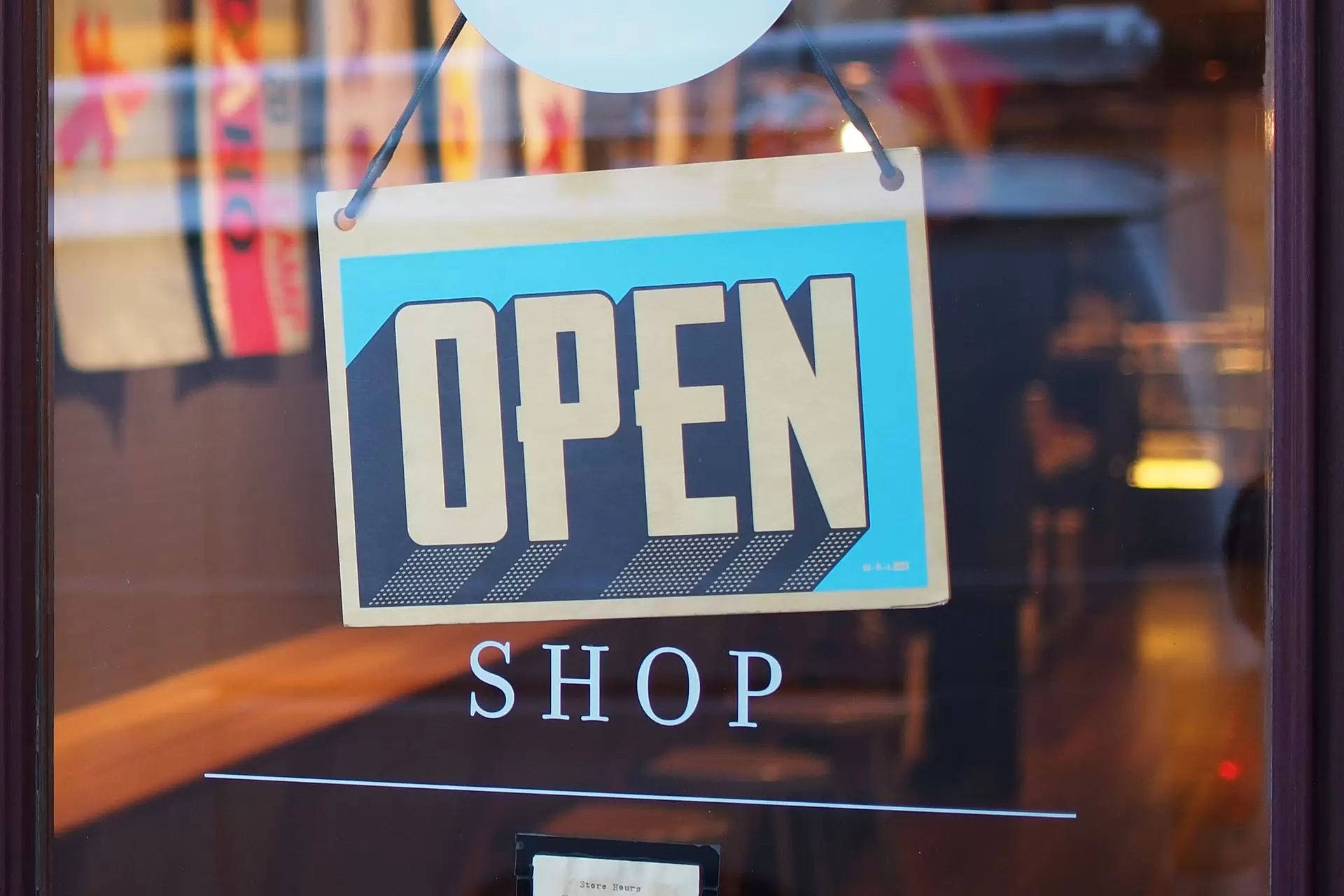
Are you an impulse shopper? I used to have a horrible habit of buying candy bars anytime I shopped in convenience stores and supermarkets. That is why candy bars, mints, gum, batteries and other items are placed near the register. To persuade consumers to buy something right before they leave.
Think it isn’t a big issue? In the long run, it costs you. I paid with my waistline and lost money over a period of years. Most consumers aren’t even aware of what they are doing, since it isn’t easy to override the shopper’s tendency to burn money. Most consumers will spend over $5,400 every year on impulse buys they don’t even need or want.
Impulse buying isn’t just a chance phenomenon. Retailers know how consumers think and take full advantage.
In-Store Product Locations Are Constantly Switched Around
Even though brick-and-mortar retail stores are closing in great numbers, many still use the same underhanded tactics. Have you ever been in a supermarket or retailer store and notice that certain items have been moved? While it’s true that retail store frequently add inventory, they also frequently move around the shelf and display locations of their products.
This isn’t just for aesthetics. Consumers are creatures of habit. Do you habitually go to the same restaurant or burger joint for lunch? Retailers switch around the location of products so that you must walk around the aisles and look at other products, especially new offerings.
Free Shipping Persuades You to Spend More
Over 80% of Americans shop online for their consumer needs. It’s why so many brick-and-mortar stores are closing. While it is convenient, it is not always cheaper. Take free shipping. It is a psychological tactic to get you to buy more, since free shipping comes with buying threshold of $50 to $75 or more, for example.
Consumers love the idea of getting a bargain. Yet, imagine that you’re on Amazon and have bought $40 worth of goods with a $5 shipping cost. However, the free shipping threshold may be for $60. Are you going to spend an extra $20 to save $5 on shipping? Most consumers do this without even realizing it.
“Rinse and Repeat” Instructions Are Designed to Get You to Waste Shampoo
How many times do you squeeze a quarter-sized portion of shampoo into your palm to lather, rinse, and wash your hair? Unless you’re a mechanic, chimney sweep, or employed in some grime-heavy occupation, you don’t really need to rinse and repeat multiple times.
You can get a heavy lather with one dollop of shampoo to clean efficiently. Retailers put those instruction on the bottle to get consumers to use up the product quicker and buy more.
Extremely Polite or Rude Employees
Retailers employ marketers and researchers who study the psychology of the human mind, especially consumer habits, for their own ends. Vibrantly colorful fruits and vegetables usually greet you as you enter a supermarket. This puts you in a good mood and gives the impression that the establishment is well-maintained. You may be more inclined to buy more.
Variations of this tactic are employed via employees as well. Have you ever seen designated employees warmly greeting consumers as they enter a retail-chain store? Those employees are trained to treat you as though you’re a family member, which guilts you into buying more.
Employees in uber-luxury stores are rude and snobbish to make consumers feel like they don’t belong there or can’t afford items. Consumers with deep pockets, or great credit, then spend more to justify their own personal beliefs of status.
Make Saving Money an Impulse
Stick to your shopping budget. Think about how impulse buys affect your overall budget. Make a detailed shopping list before you shop in-store or online and stick to it. That is the best way to identify, “need,” versus, “want,” shopping impulses.
Read More
5 Tips To Save While Shopping For Clothes
Top 7 Shopping Cities in the World
Shopping Smart During Those Massive Online Sales
Allen Francis was an academic advisor, librarian, and college adjunct for many years with no money, no financial literacy, and no responsibility when he had money. To him, the phrase “personal finance,” contains the power that anyone has to grow their own wealth. Allen is an advocate of best personal financial practices including focusing on your needs instead of your wants, asking for help when you need it, saving and investing in your own small business.

